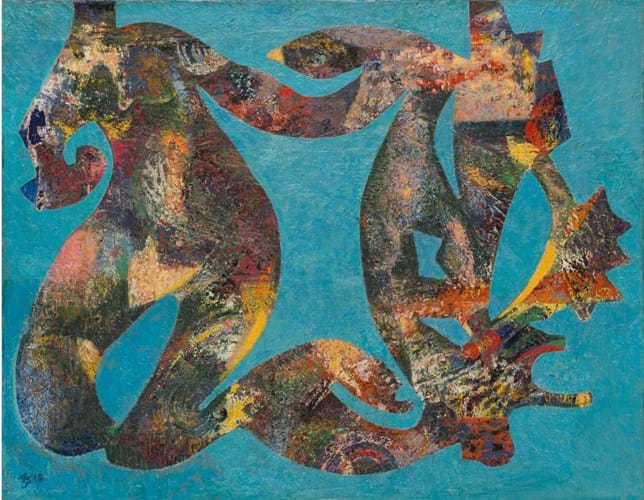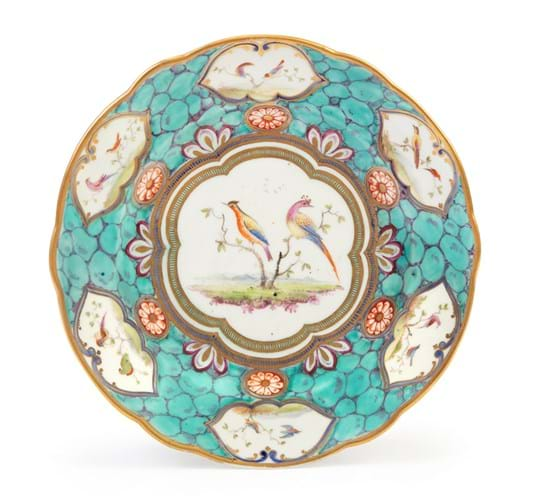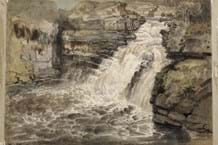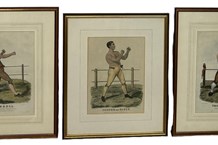1. London Underground Bubble Map – £2100
London Transport commissioned publishers Edward Stanford Ltd to create the so-called Bubble Map in 1934-35. It shows only the central stations with each one noted within a bubble, showing the station and its nearby roads.
This copy in the 4ft 2in x 3ft 4in (1.27 x 1.02m) quad royal size is believed to be part of a small run printed in early 1935. It has some wear and tear but sold for £2100 (estimate £2000-3000) at Bristol auction house Auctioneum on December 22.
The Bubble Map had its admirers, but it was never repeated following the success of Harry Beck’s tube map of 1933. It effectively won the war for mapping of the London Underground with publishers like Edward Stanford choosing instead to focus on mapping London above ground.
A better copy of the Bubble Map was offered by Bonhams as part of an online sale in February 2021 with a guide of £9000-11,000 but failed to sell.
2. Surrealist oil painting – £26,000
Leading the latest sale of Modern British and Irish Art at Chiswick Auctions was Eileen Agar’s 1958 oil A Sea Change.
Estimated at £20,000-30,000 at the December 12 sale, it took £26,000.
Agar (1904-91), famously the only female artist to exhibition at The International Surrealist Exhibition held in London in 1936, experienced a resurgence of inspiration in the 1950s, when she briefly resided in the Canary Islands. A Sea Change is a prime example of the artist’s output during this period and rare to market. The 2ft 1in x 2ft 8in (63 x 82cm) work is executed in an inverted method, with the coloured forms likely to have been painted across the entire composition, before being partially covered by aquamarine paint like the cut-outs from a Matisse collage.
Included in the retrospective of the artist’s work held at the Commonwealth Institute in 1971, the picture was also exhibited at the Pallant House Gallery in Chichester as part of the exhibition Eileen Agar, An Eye for Collage of 2008-09. It was acquired by the owner at Christie's in 1999 and was previously in the collection of Lord Sainsbury.
3. Abolitionist’s letters

An Authentic Narrative of some Remarkable and Interesting Particulars in the Life of [John Newton] in a Series of Letters to the Reverend Mr. Thomas Haweis, a first edition copy of an influential abolitionist text sold for £7000 at Forum Auctions.
Although his name is expunged from the title, the subject of this book of letters on religion and the slave trade is John Newton (1725-1807). A captain of slave ships, who himself spent some time as a slave in Sierra Leone, he later repented of his deeds and became an evangelical preacher and prominent abolitionist.
The letters he wrote to Thomas Haweis (c.1734–1820), one of the leading figures of the 18th century evangelical revival, documented his life of ‘wickedness’ in the years before he became a curate at Olney in Buckinghamshire and later rector of St Mary Woolnoth in the City of London. Newton went on to write the hymn Amazing Grace.
This book of Newton’s letters ran to several editions but the 1764 copy offered by Forum Auctions in London on December 13 is one of only two known first edition printings. The only other recorded is in the National Library of Scotland.
Estimated at £400-600, it hammered for £7000.
4. Louis XIV pietra dura panel – €350,000
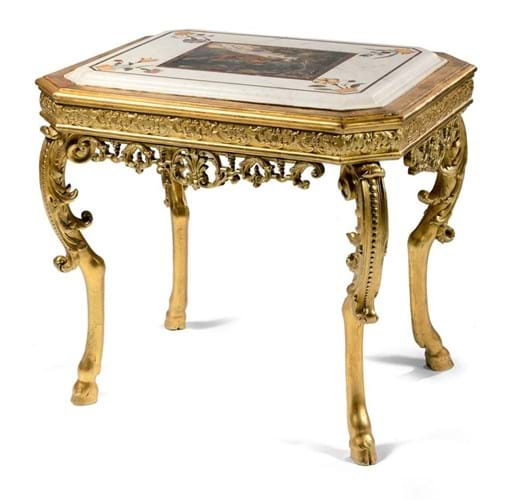
Louis XIV pietra dura panel by the Gobelins workshops, later set into a giltwood base as a tabletop, €350,000 (£301,830) at Tajan.
It was in the hope of saving on the huge sums spent procuring works of art from abroad that Jean-Baptiste Colbert, Louis XIV's minister of finance, began inviting craftsmen to work at the Gobelins royal manufactory on the outskirts of Paris.
The project began in 1662 with the consolation of a number of tapestry workshops, but by 1688 had expanded its scope to include practitioners of arts not yet fully mastered in France. Among them were craftsmen headhunted from the ducal workshops in Florence with expertise in hardstone carving.
The projects they undertook included a magnificent table set with four rectangular pietra dura plaques and the crowned royal cypher, the design for which is in the Bibliothèque Nationale.
Like many hardstone items from the Louis XIV period, the table itself had seemingly left its royal residence some time before the Revolution and been dismantled to allow the panels to be reused in more fashionable ways.
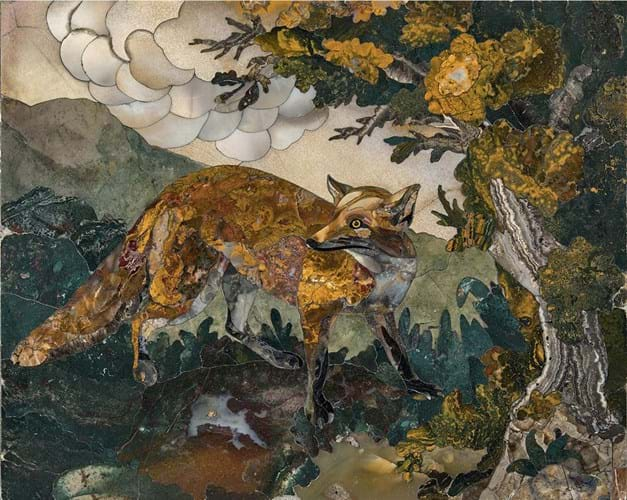
Louis XIV pietra dura panel by the Gobelins workshops, later set into a giltwood base as a tabletop, €350,000 (£301,830) at Tajan.
The 10.25 x 12.5in (26 x 32cm) pietra dura panel offered as part of the Tajan sale of Furniture & Works of Art in Paris on December 19 is thought to be part of the commission. Matching one of four panels pictured in the surviving drawing, it is beautifully worked with jasper, agate, chalcedony, and onyx with a prowling fox in a landscape. Later mounted in white marble and given a giltwood base in the Regence style, it came for sale with a guide of €50,000-80,000 but sold at €350,000 (£301,830).
Charged only with providing furnishings for royal residences, the Gobelins manufactory was active for around 40 years until 1715.
5. Nantgarw cabinet plate – £1900
Roseberys final Fine & Decorative sale of the year included this recent charity shop donation – a Nantgarw cabinet plate decorated by Thomas Pardoe (1770-1823).
Although unmarked, pieces of this kind date from the brief period c.1821-23 when Pardoe worked with Quaker entrepreneur William Weston Young to decorate the large stock of blanks that remained after porcelain production ceased at Nantgarw.
Pardoe’s Nantgarw painting was based on his standard Regency era repertoire – here he uses ornamental reserves painted with exotic birds against a Sèvres style turquoise ‘pebbled’ or caillouté ground – but it is among his very best work. He greatly admired Nantgarw’s extremely white and translucent body and brought to the project (his last before he died) more than 30 years of painting experience.
This particular plate is not from one of the ‘named’ services or a registered pattern and may be a unique decorative scheme.
The market for these pieces has weakened in recent years as the collecting audience contracts. This plate didn’t quite meet its £2000-3000 estimate at the auction on December 7 but sold to a private collector at £1900.
After Pardoe died, his son William Henry Pardoe took over the Nantgarw pot works and began manufacturing domestic stoneware bottles and brown-glazed earthenwares and clay tobacco pipes.



